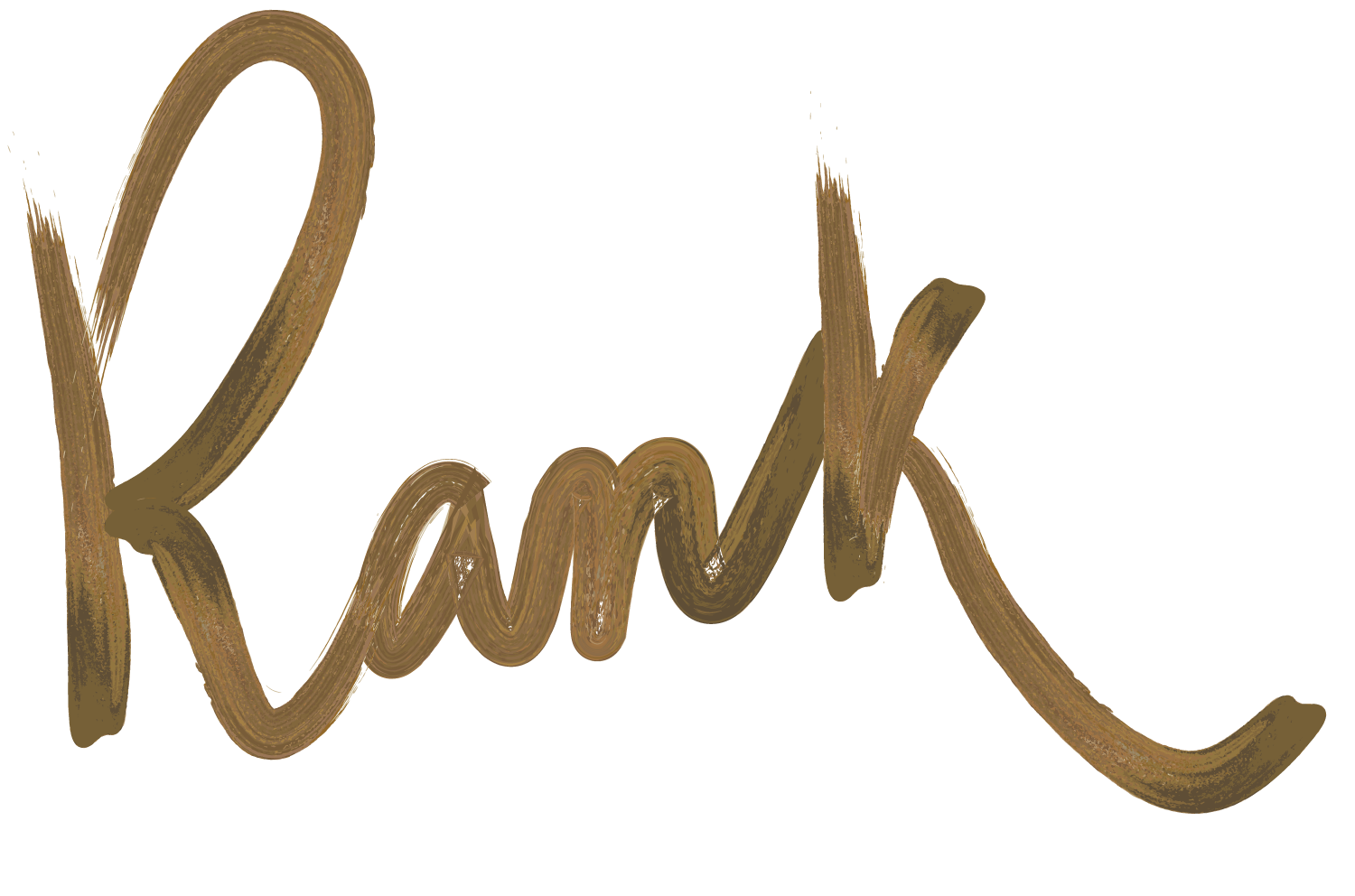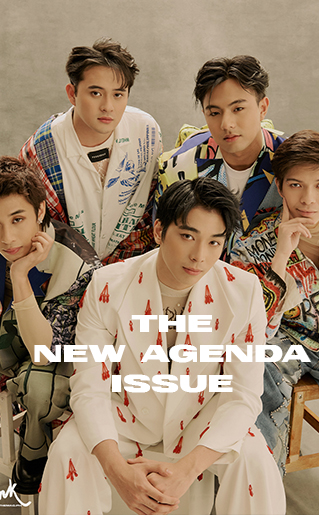Throughout the past few months, especially amplified during the ongoing community quarantine, several stories from the LGBTQIA+ community have slowly but surely built up the country’s appreciation for “Boy’s Love,” and the much-needed awareness on the real love stories between men. As the movement continues to grow with each new title added to the list, the momentum is also kept at a steady pace with roaring support from the community and its allies.
Every few weeks, there’s a new “BL” web series or film announced (some more reliable than the other), indirectly creating a wide selection of content for every person out there who feels romantically underrepresented in mainstream media. A growing and diverse selection that hasn’t been brimming with this much life until recently.

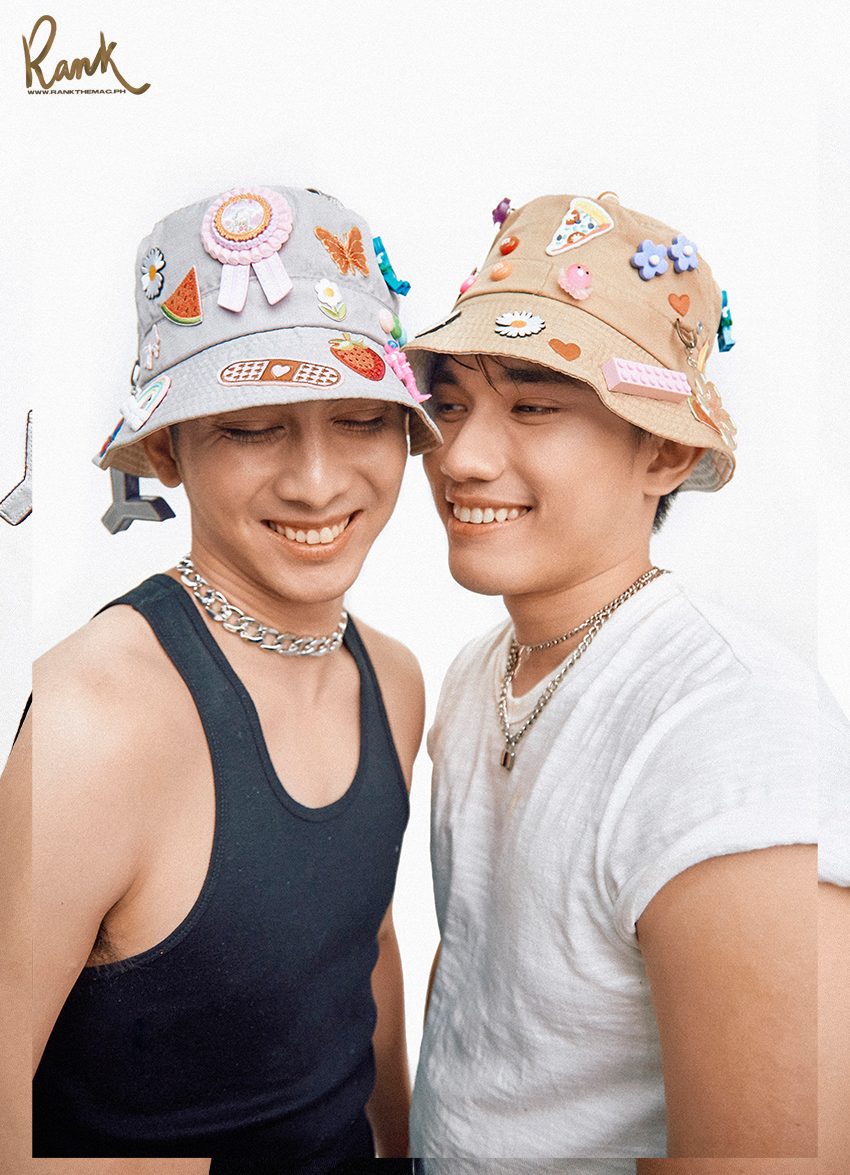
With the amount of new stories coming out celebrating romance between two men, it’s almost as if queer creatives and storytellers are making up for years of not seeing their own stories reflected on-screen. In fact, this is even more apparent in Juan Miguel Severo’s “Gaya Sa Pelikula” (Like In the Movies) web series, which blatantly states on its poster: “It’s time to take back our stories.”
This is an acknowledgment of a lifetime of being the main lead’s “gay best friend,” or a side character for comic relief—purely one dimensional roles that serve one purpose alone, and that is to fill a space basically anyone could occupy. When, in truth, queer individuals are so much more than mere decoration, or placeholders within a scene.
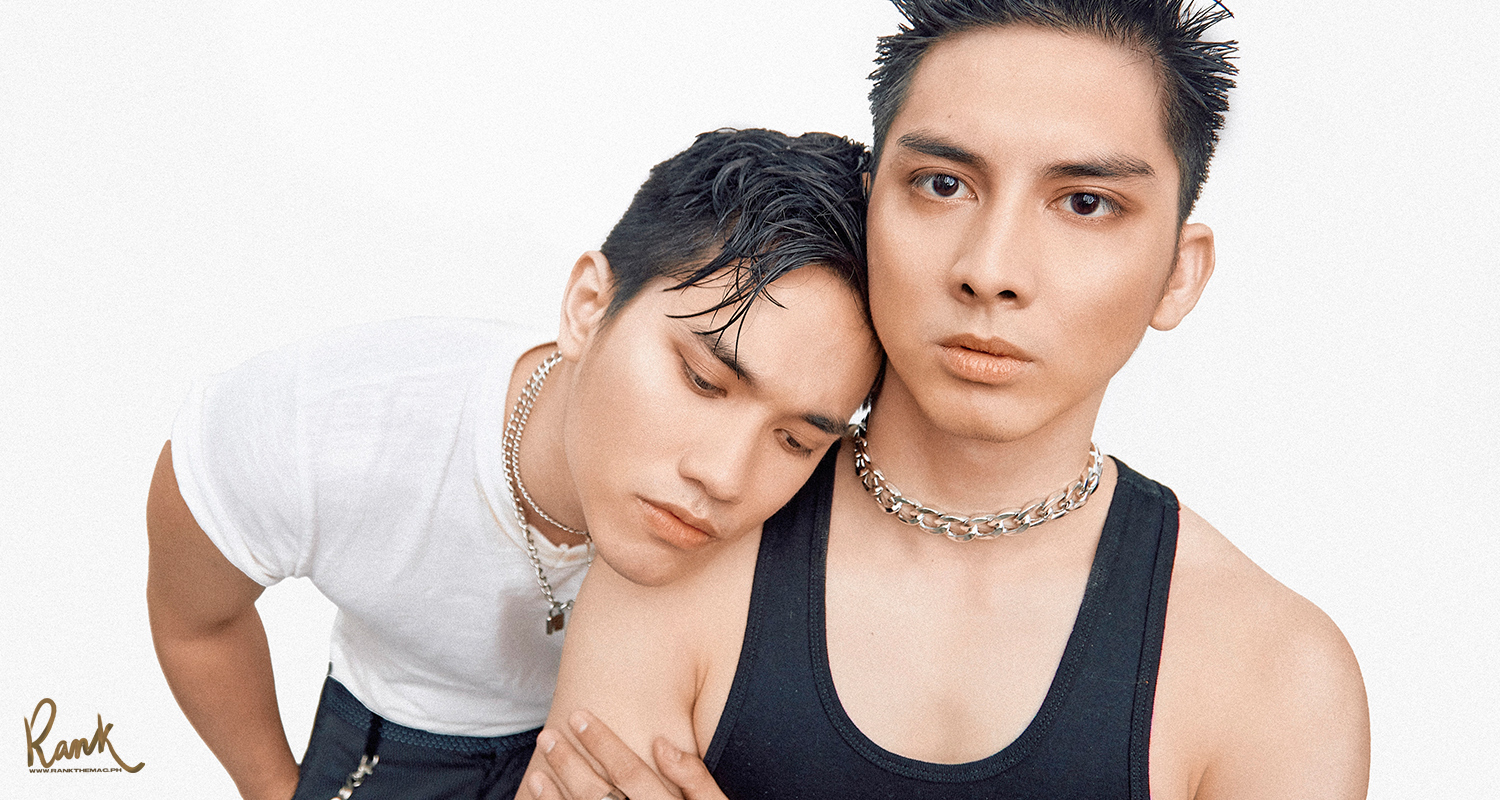
Moreover, Gaya sa Pelikula follows the steps of web series Gameboys in pioneering this massive change in how we tell and consume our romantic comedies, insisting that shows such as these are not separate from the genre at all.
By labelling them as “BL,” we are also, albeit unconsciously, effectively drawing a line between “those stories” and the heterosexual-centered narratives we traditionally celebrate. By doing such, we’re labelling them as “other,” or stories that are outside what we see as normal or accepted within social conventions.
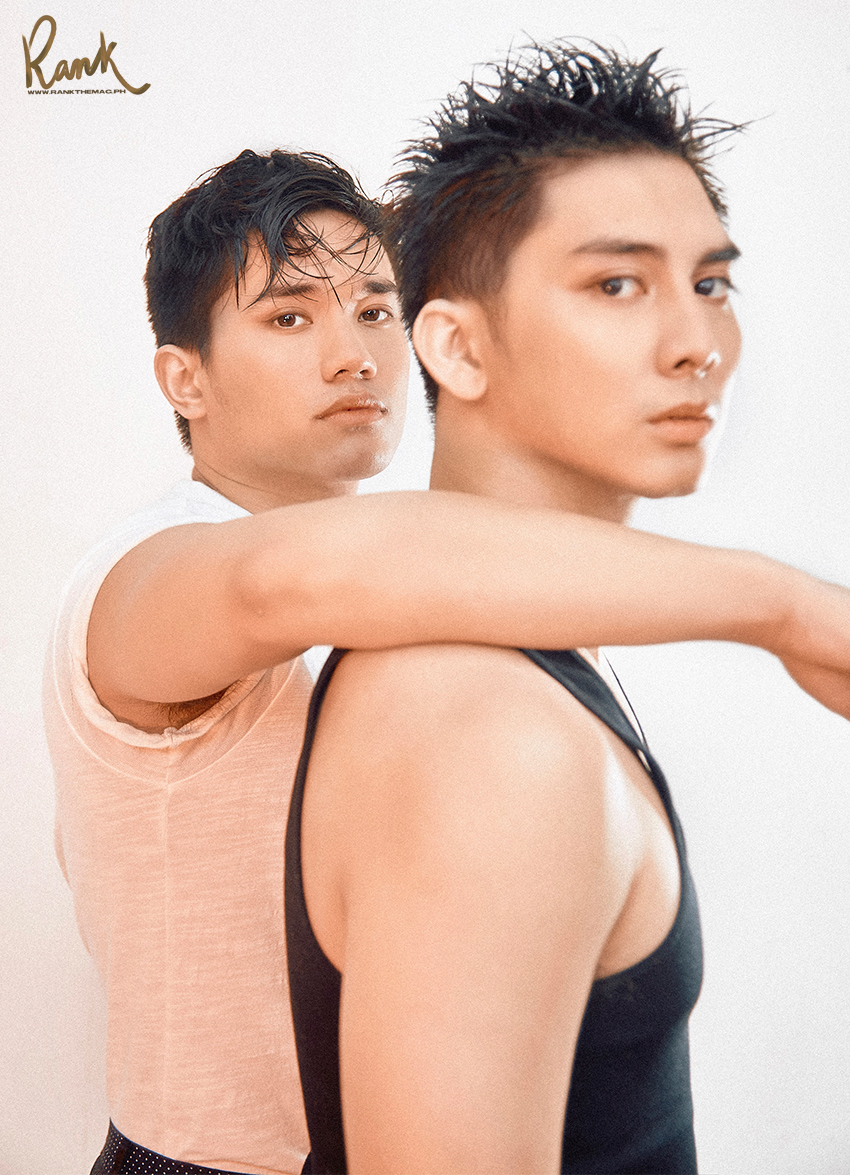
However, it is clear from its marketing to its storytelling that Gaya sa Pelikula intends to tell a story that honors the typical tropes commonly portrayed in rom-coms, but told differently by putting the spotlight on two gay men instead.
The result is just as kilig, funny, and emotionally moving as any of our generation’s classic rom-coms through the years—a clear indication that this story is neither abnormal or completely different. Rather, it’s a genuine representation of a love story we may not have seen a lot of growing up, but is there all the same.
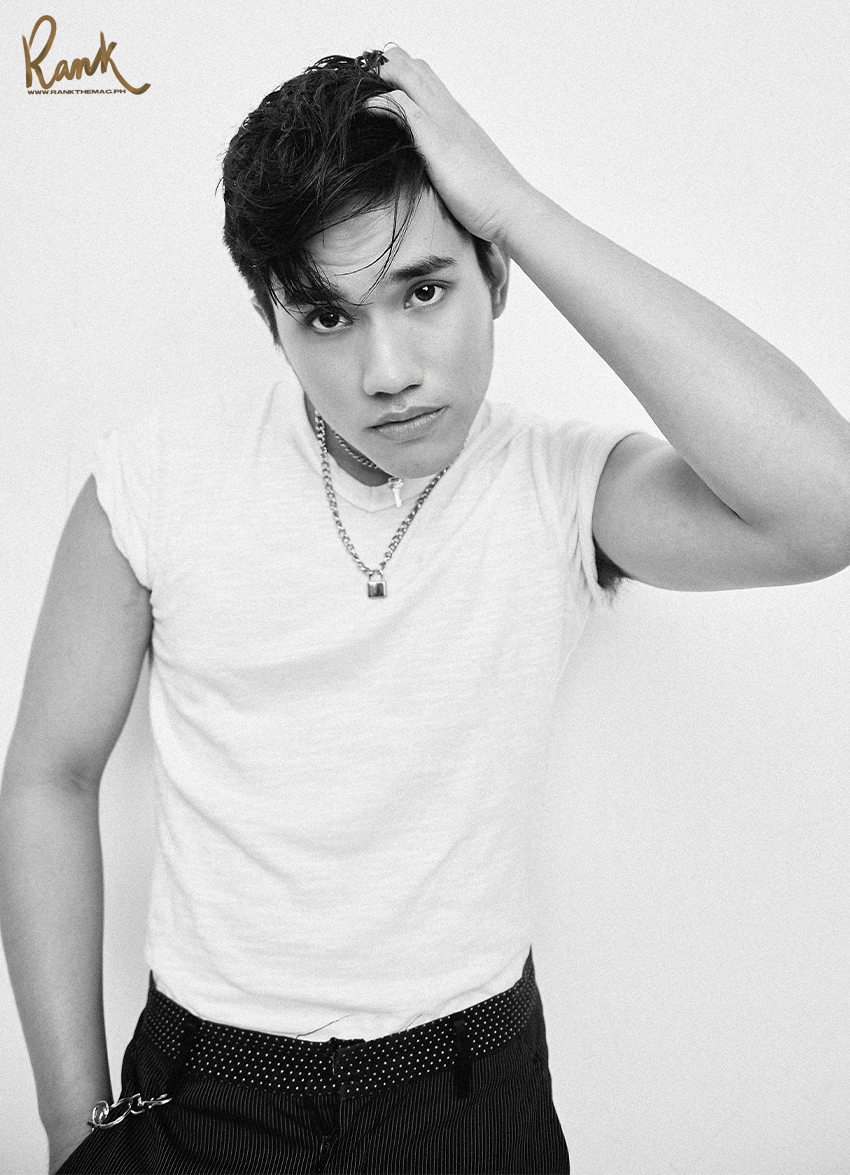

For young boys and grown men who see themselves in the characters of Karl and Vlad, this series is, in one way or another, a rare yet much-needed mirror of their personal narratives. A new reality that presents a striking contrast from watching heterosexual couples and molding it in their imaginations to fit their own preferences. This time, it’s their story they’re watching.
So yes, although Gaya Sa Pelikula still falls under the category of today’s onslaught of well-received Boy’s Love stories, it is also a proponent of this huge and important movement to normalize such narratives so that it is no longer looked at as a sub-genre, niche, nor an “othered” category. This is an initiative to widen the scope of romance in the Philippine entertainment industry, and act as a “cultural rewrite” of a genre that’s predominantly aggressively macho and straight.

Just from the first episode of Gaya sa Pelikula, the PangPang love team, the portmanteau birthed from the names of the two beloved lead characters played by newcomers Ian Pangilinan and Paolo Pangilinan, offers subtle and not-so-subtle nods to typical romance tropes–slow-mo first interactions, meet-cutes, and fake relationships.
From then on out, until the last episode that aired on November 20 at the Globe Studios YouTube channel, each scene gives off a familiar, yet fresh, take on the rom-com plot line.

Because, let’s face it, all the clichés and common tropes of films and series we deem as rom-coms are also very much present in queer stories. So why does it have to be a different genre altogether?


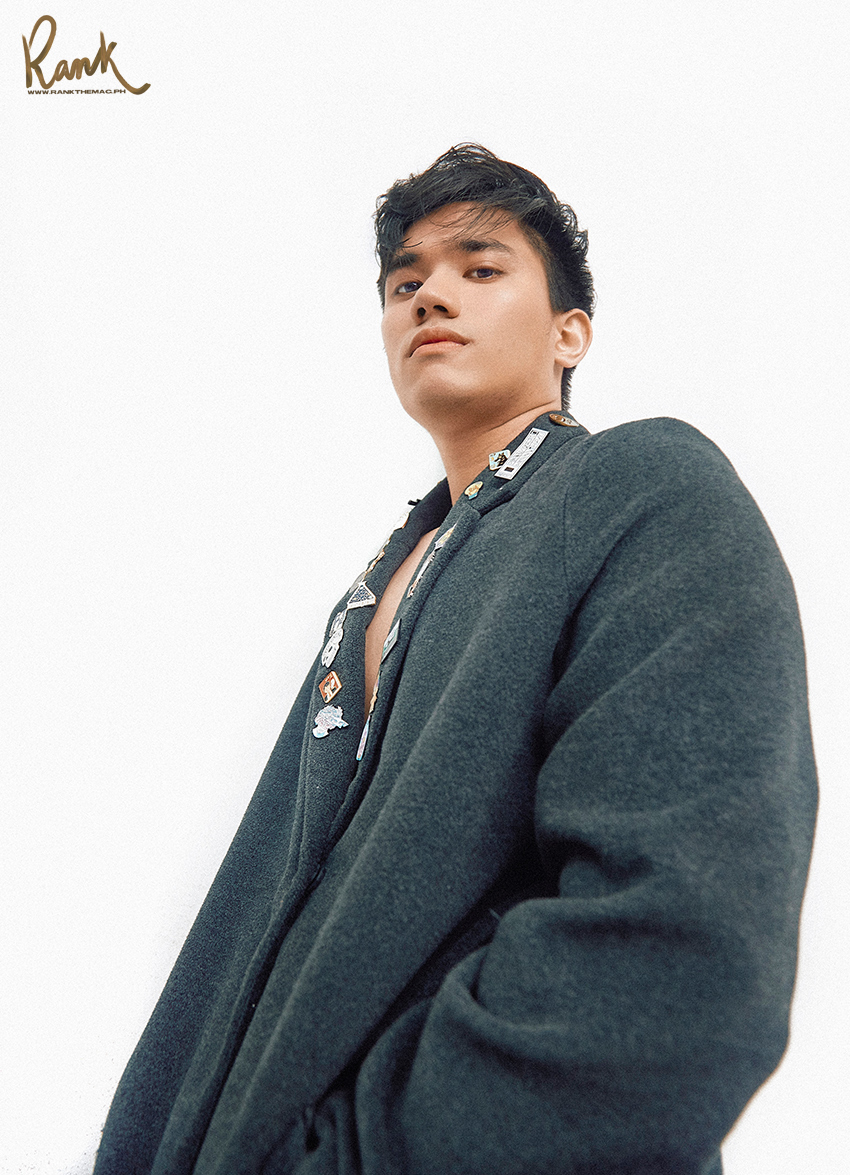
In Gaya sa Pelikula, stories of queer individuals are finally being brought to light and given the love and attention they deserve. After the long wait, the community has finally gotten a love story like in the movies, with a season finale that’s (spoiler warning!) just too real. And at the rate things are going, these narratives will and should continue to lead the charge in promoting new ways of seeing.
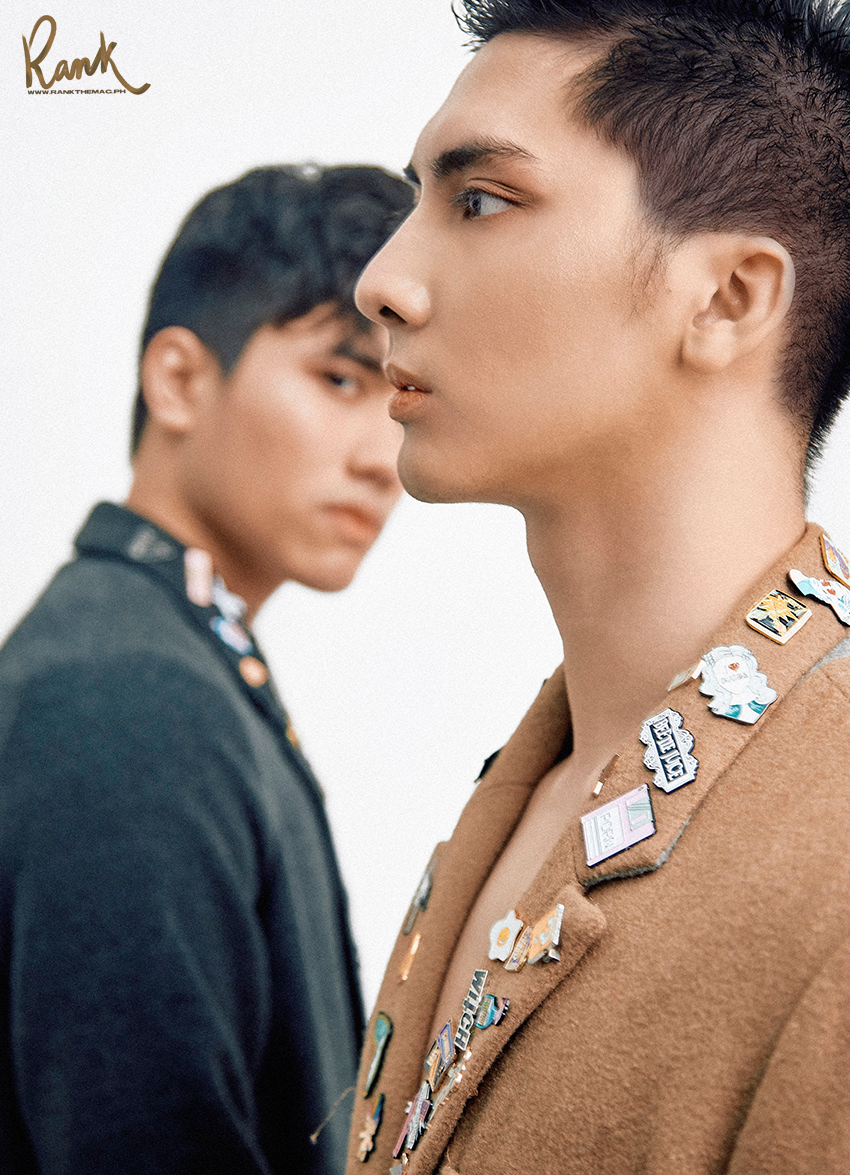
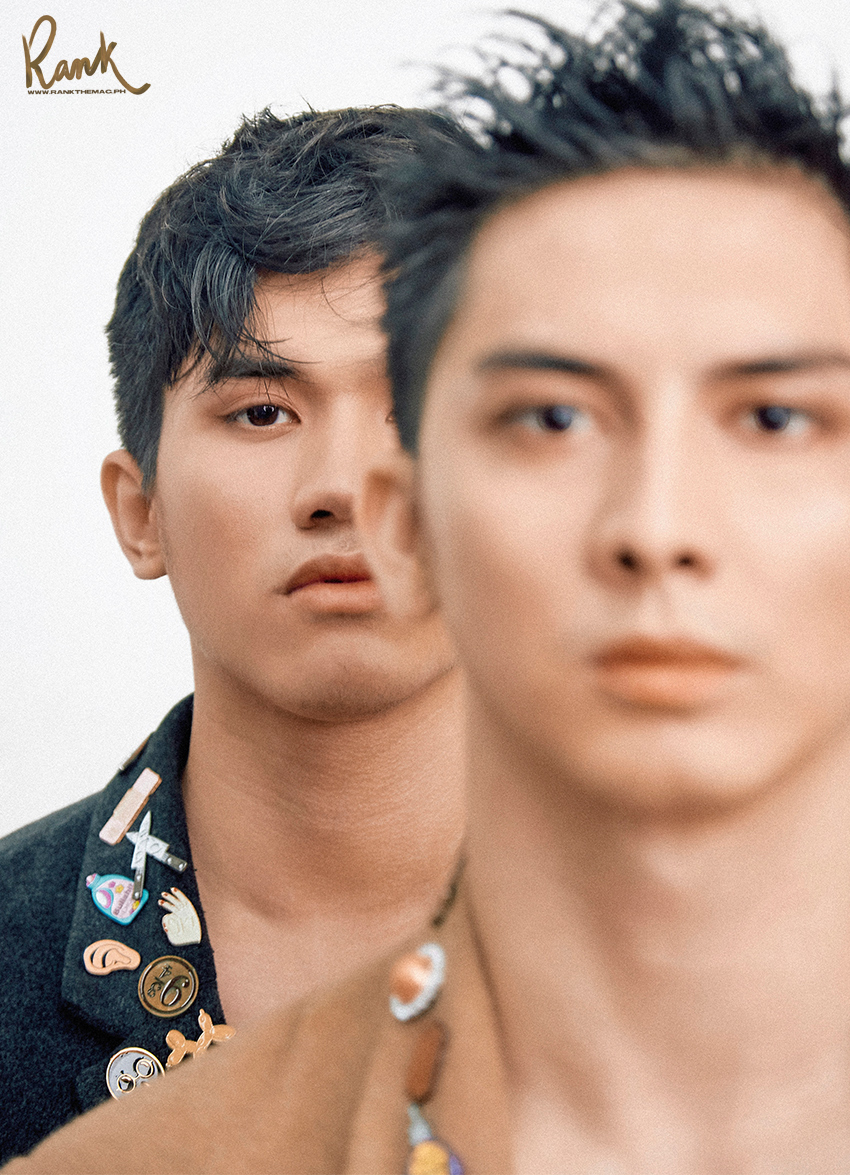
If you need a refresher or if you haven’t seen the rom-com series yet, Gaya sa Pelikula celebrates yet another milestone as it lands on international streaming service, Netflix. Season 1 of the PangPang Nation-approved series is now available for binge-watching.
With additional text by Leo Balante
View the trailer:
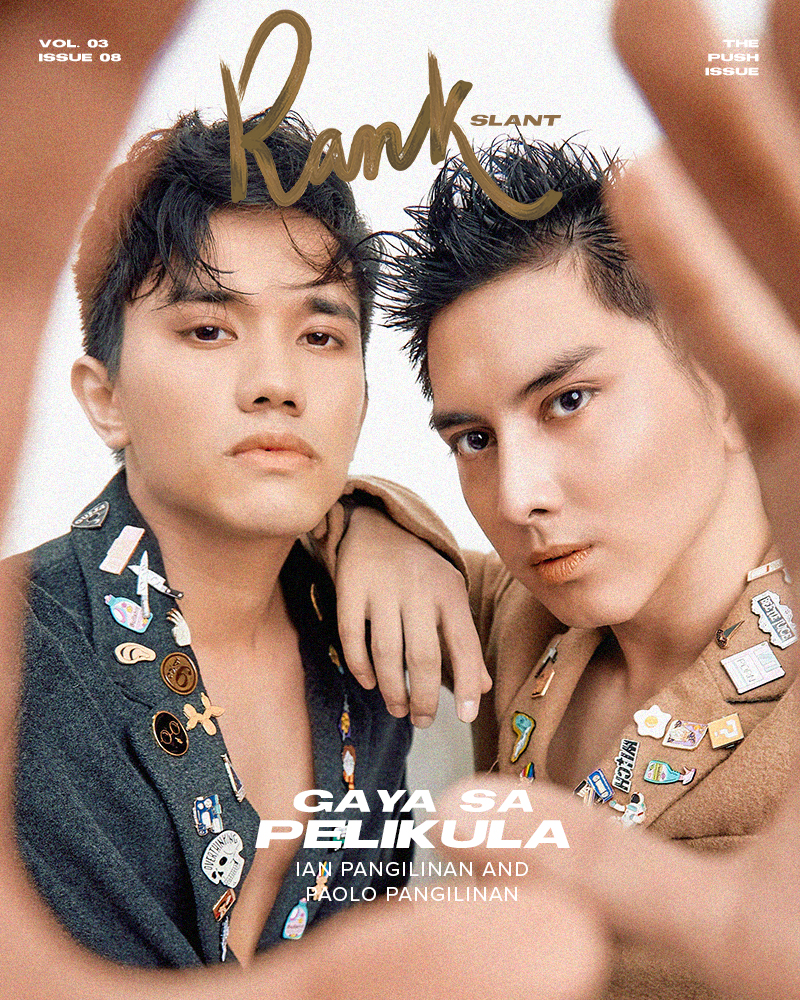
Produced by Leo Balante
Photography and Creative direction by Rxandy Capinpin
Art direction by Rxandy Capinpin and Mila Thermopolis Renaldi
Grooming by Nadynne Esguerra
Styling by Mila Thermopolis Renaldi
Video direction and editing by Jeric Abanico and Carl Alvior
Cover designs by Jericho Louise and Bhernn Saenz
Shot on location at the RX Studio
Special thanks to Ed Biado and Jayvee Fontarum at Globe Studios
